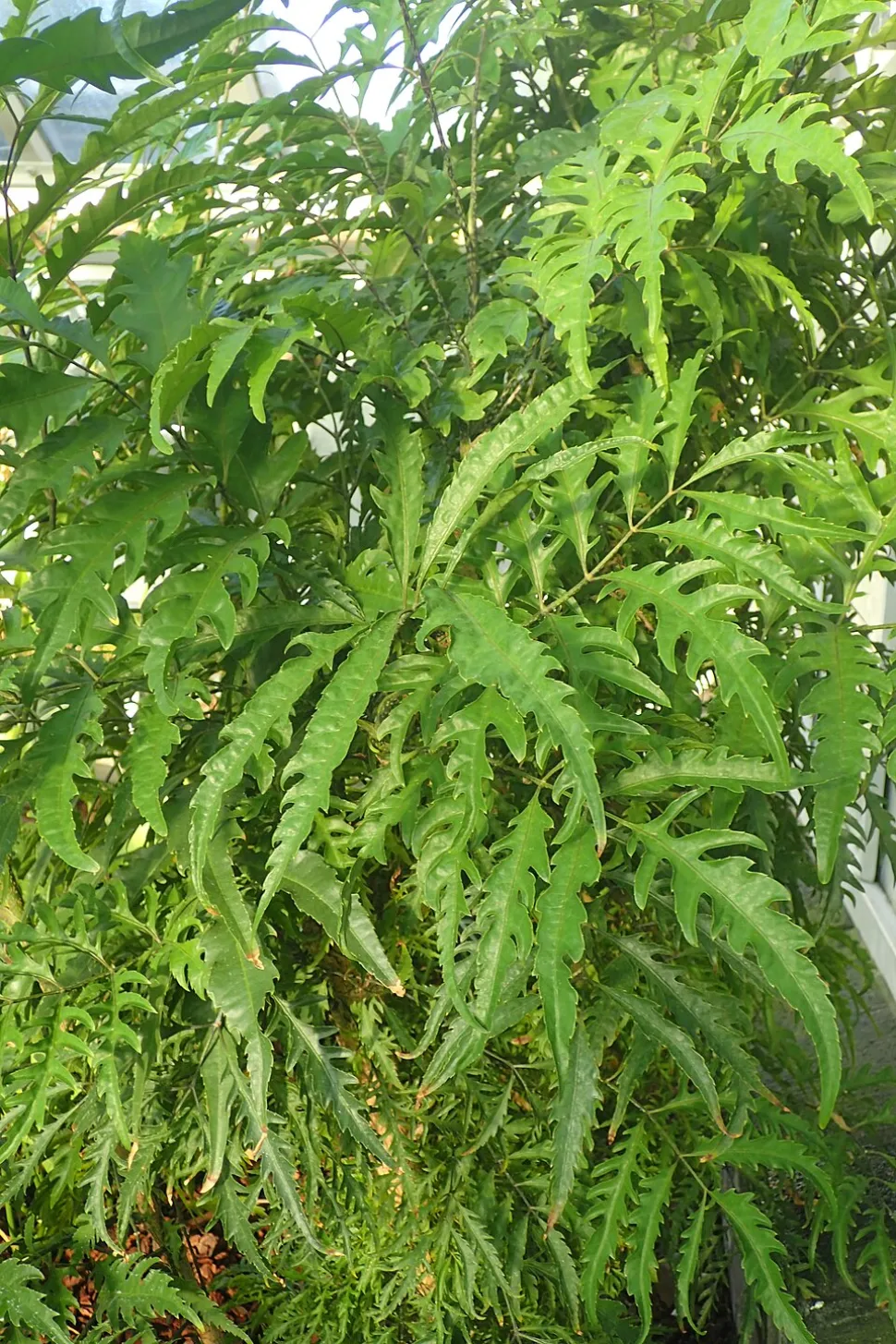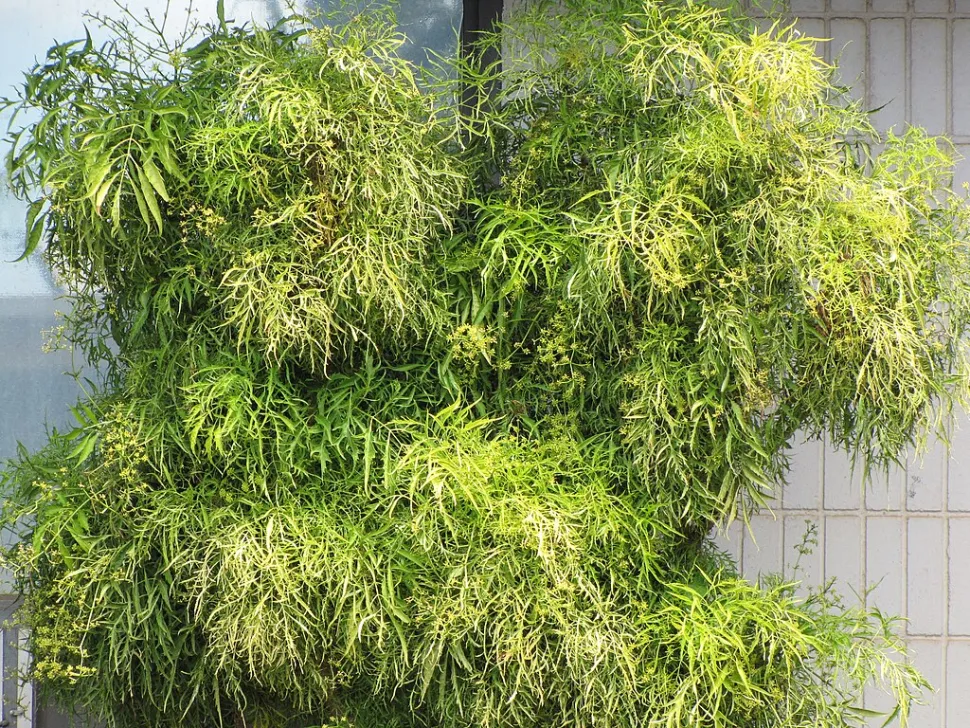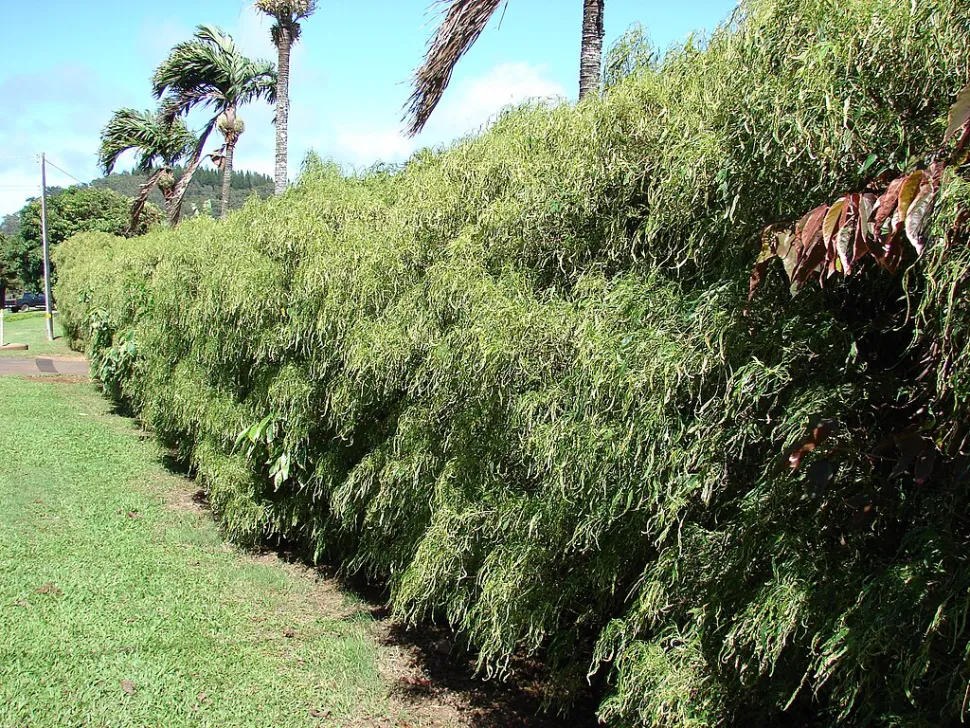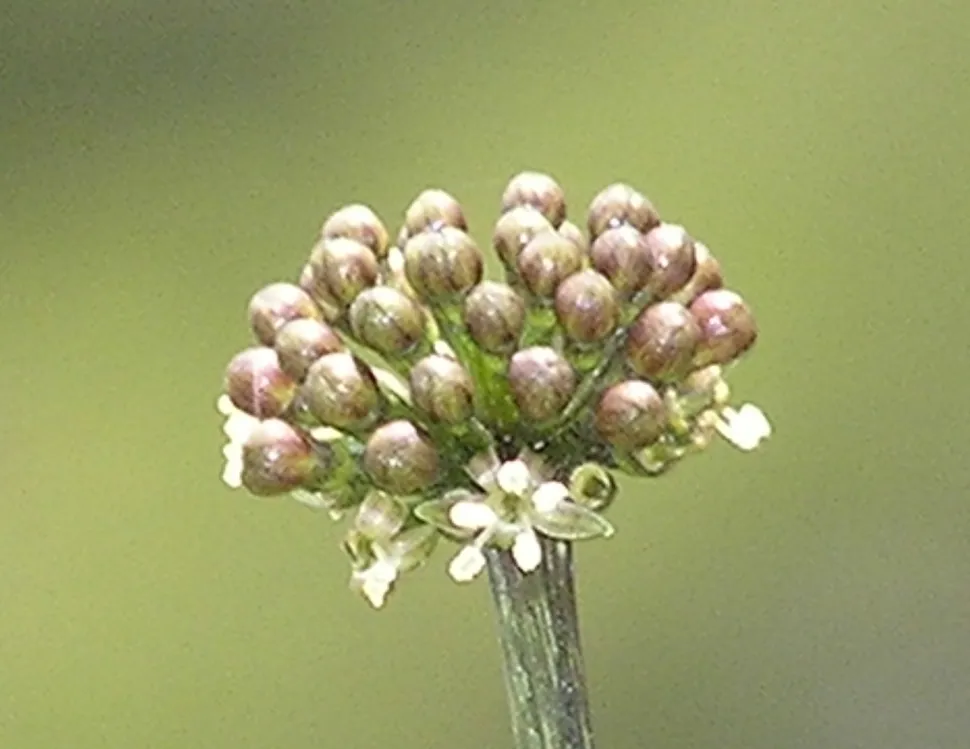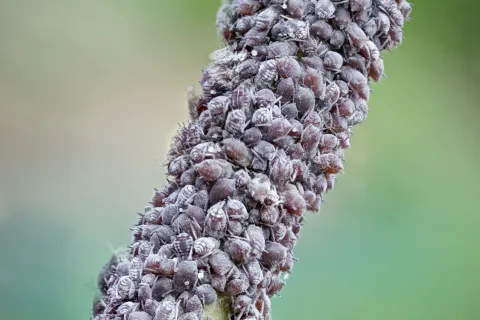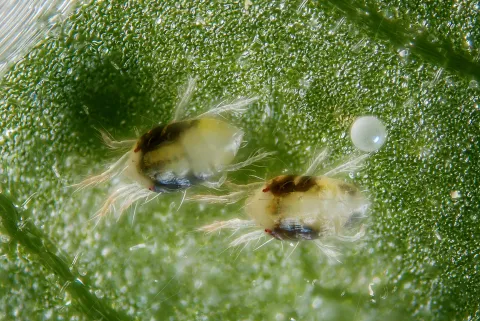Polyscias filicifolia, a fern-like false aralia
Polyscias filicifolia, the most common species in our homes, comes to us from New Caledonia and New Guinea. This shrub with its fern-like foliage belongs to the Araliaceae family.
How to recognize Polyscias filicifolia?
Polyscias filicifolia is a tree with a narrow, upright habit. It can reach five meters in height in its native tropical forests or in the open. It grows more modestly in pots and indoors. It rarely exceeds two meters in height.
The trunk is covered with brown bark. Ramified, it supports brown, spotted woody branches and green stems.
The anise-green foliage lasts all year round. Pinnate leaves measure up to 30 centimetres. The shape of the leaflets changes over time. Young leaflets are lanceolate, with serrated edges. As they age, they become oval.
Polyscias filicifolia can produce yellow or white flowers in panicles and black drupes. However, flowering, like fruiting, remains rare outside its natural environment.
Unlike other trees in the Polyscias genus, such as polyscias balfouriana or polyscias fruticosa, Polyscias filicifolia is non-toxic. You can grow it even if you live with young children or pets.
Our maintenance tips
Polyscias filicifolia do not like strong light or limestone. Place your plant behind an east-facing window and water it preferably with rainwater.
Watering
Let the soil dry on the surface between two applications of water. Water your Polyscias filicifolia with non-calcareous water, such as reclaimed rainwater. To avoid water stress, make sure the water is at room temperature.
If you use a saucer or planter, remove any water that stagnates at the bottom. It could rot the roots.
Spray
Polyscias filicifolia like humidity. Mist your plant with non-calcareous water at room temperature. Avoid spraying tap water. It leaves white marks on the foliage.
As well as improving hygrometry, spraying helps to prevent pest infestations.
Repotting
In spring, transfer your Polyscias filicifolia to a larger pot, so that it can continue to grow.
Obtain a pierced pot one size larger than the previous one. Pour clay balls or pebbles in the bottom to improve drainage.
Polyscias filicifolia like rich, aerated soil. Mix one or two handfuls of heather earth with potting soil for green plants. Place a layer of substrate on top of the clay balls. Plant your plant and add potting soil to the height of the root ball.
Tamp and water to encourage rooting.
Your Polyscias filicifolia appreciates humid environments. Place its pot on a dish of wet clay marbles to increase ambient humidity.
Fertilization
You can stimulate the development of your plant during its growth phase, in spring and summer, with fertilizer.
Add green plant fertilizer to the watering water in the doses prescribed by the manufacturer.
Prune
You can prune your Polyscias filicifolia to control its growth.
Use clean pruning shears to top. You can also shorten the branches.
Cutting
Cut a segment of at least ten centimeters just below a node. Use a clean, sharp tool to facilitate healing and prevent disease.
Remove the leaves from the lower part of the cutting. Keep only two to four leaves at the top of the stem.
To propagate cuttings, plant the seedling in a pot with a fine potting soil, such as potting soil for cuttings and seedlings, or a substrate that you have previously sieved.
Mist and cover with an empty bottle. Aerate your mini-greenhouse for a few minutes a day and spray two or three times a day.
Mist and cover with an empty bottle. Aerate your mini-greenhouse for a few minutes a day and spray two or three times a day.
Diseases / Threats
Information
| Family | Araliaceae - Araliaceae |
| Type | Polyscias - Polyscias |
| Species | Polyscias filicifolia - Polyscias filicifolia |
| Lifecycle | Perennial |
| Foliage | Evergreen |
| Exposure | |
| Substrat | |
| Planting methods |
In pots In tubs |
| Categories | |
| Tags |
Fritillary Toxic |
| Origin |
Oceania |
| Hardiness (USDA) | 12a |
| Leaf color |
|
| Flower colors |
|
Discover plants from the same family
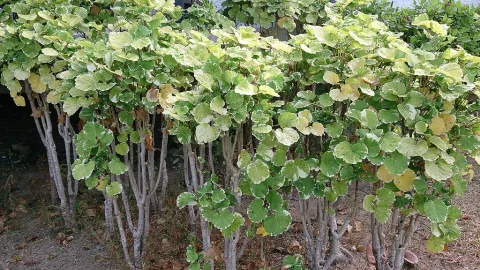
Polyscias balfouriana
Discover
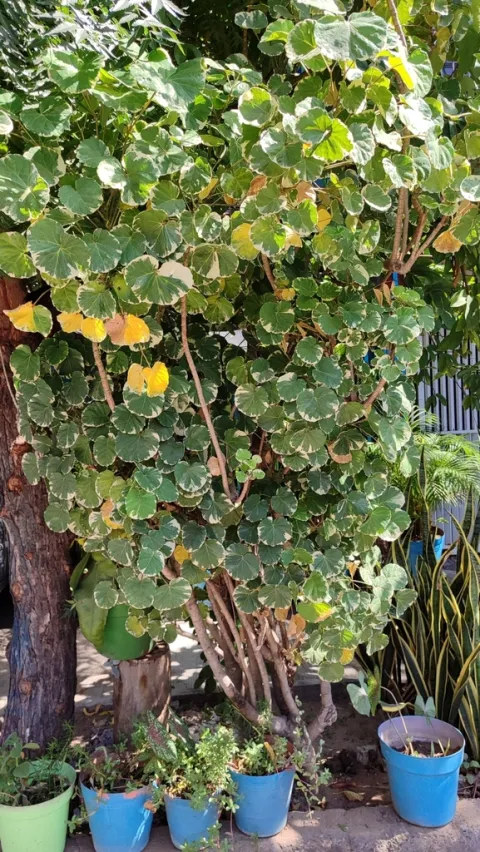
Polyscias balfouriana 'Marginata'
Discover
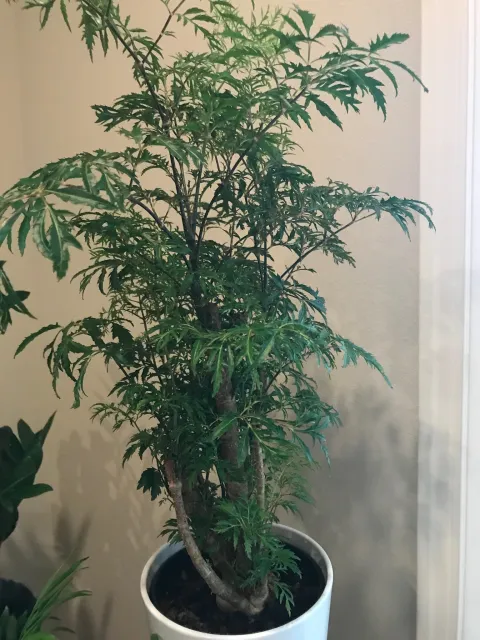
Polyscias fruticosa
Discover
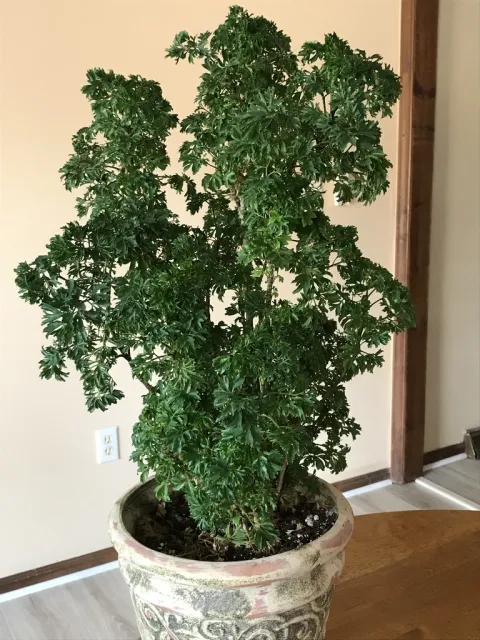
Polyscias 'Elegans
Discover

